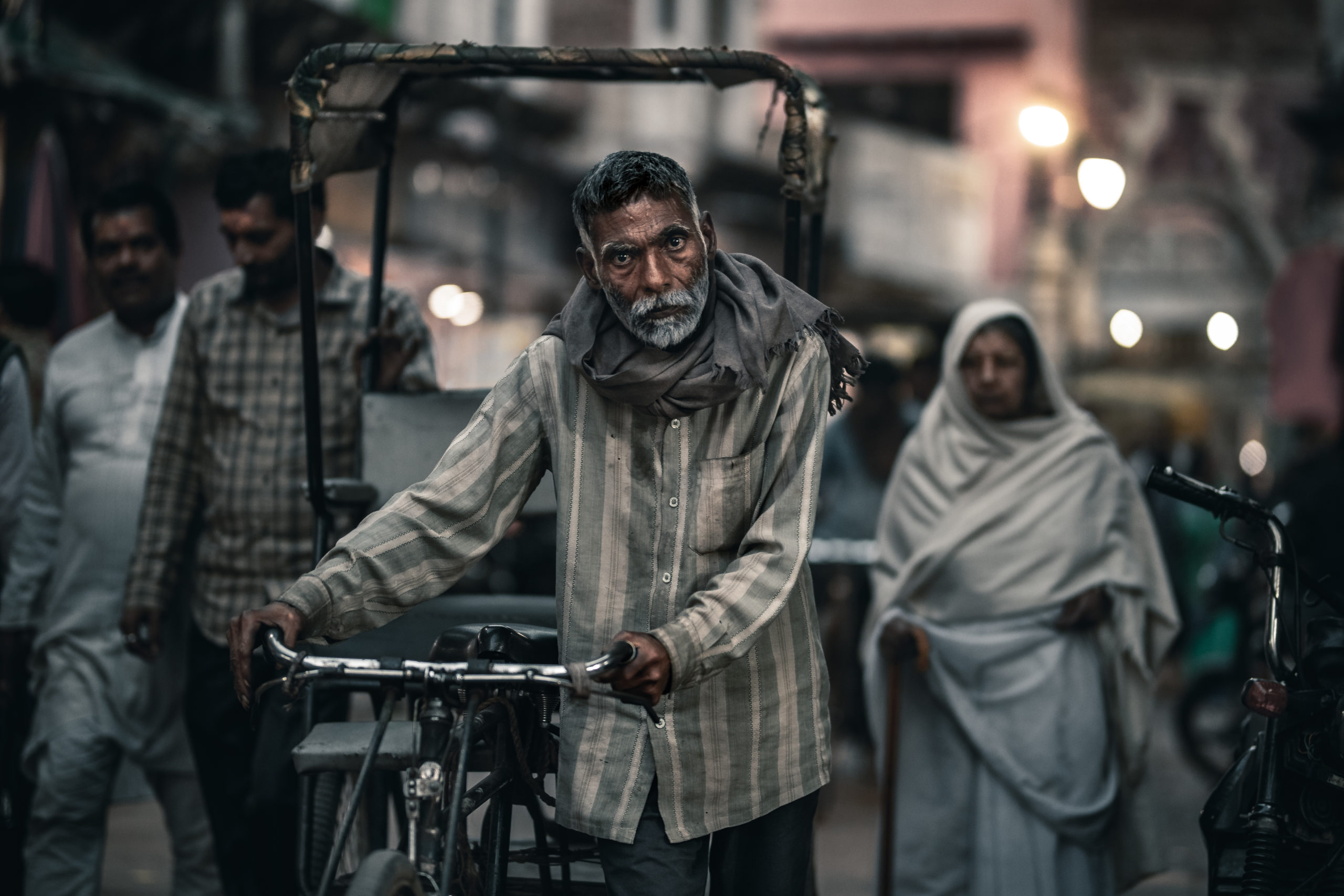Street Photographers for Dummies
Street Photographers for Dummies
Blog Article
The Ultimate Guide To Street Photographers
Table of ContentsSome Known Facts About Street Photographers.Some Known Questions About Street Photographers.Street Photographers for DummiesHow Street Photographers can Save You Time, Stress, and Money.Street Photographers Things To Know Before You Get This
A style of photography that documents day-to-day life in a public location. The very publicness of the setting enables the photographer to take honest photos of unfamiliar people, usually without their understanding. Street photographers do not always have a social function in mind, but they favor to isolate and record moments which might or else go unnoticed (Street Photographers).He was affected by several of those who influenced the street professional photographers of the 1950s and '60s, he was not chiefly interested in capturing the spirit of the road., who worked side by side with digital photographers attempting to catch the significance of urban life.
As opposed to Atget, professional photographer Charles Marville was employed by the city of Paris to develop an encyclopaedic record of Haussmann's city planning project as it unfolded, thus old and new Paris. While the photographers' subject was essentially the exact same, the results were noticeably various, showing the influence of the digital photographer's bent on the personality of the photos he generated.
Provided the fine quality of his photographs and the breadth of material, architects and artists often bought Atget's prints to use as reference for their very own job, though industrial rate of interests were barely his main motivation. Rather, he was driven to picture every last residue of the Paris he liked.
The 4-Minute Rule for Street Photographers
They expose the city through his eyes. His job and fundamental understanding of digital photography as an art type served as ideas to generations of professional photographers that followed. The future generation of street digital photographers, though they likely did not describe themselves thus, was introduced by the photojournalism of Hungarian-born professional photographer Andr Kertsz.
Unlike his peers, Brassa utilized a larger-format Voigtlnder camera with a much longer exposure time, requiring him to be more calculated and thoughtful in his technique than he may have been if making use of a Leica. (It is believed that he might not have had the ability to manage a Leica during that time, yet he did, however, use one in the late 1950s to take colour photographs.) Brassa's photographs of the Paris abyss illuminated by fabricated light were a revelation, and the compilation of the collection that he published, (1933 ), was a major success.
Cartier-Bresson was a champ of the Leica electronic camera and one of the very first digital photographers to optimize its capabilities. The Leica enabled the digital photographer to interact with the environments and to capture moments as they took place. Its reasonably little dimension also helped the professional photographer discolor right into the history, which was Cartier-Bresson's preferred method.
Some Known Details About Street Photographers
It is since of this essential understanding of the art of photo these details taking that he is typically credited with uncovering the medium throughout once more about a century considering that its creation. He took photos for more than a half century and influenced generations of photographers to trust their eye and instinct in the moment.
These are the questions I shall try to respond to: And then I'll leave you with my very own interpretation of street photography. Yes, we do. Allow's begin with defining what a meaning is: According to (Street Photographers) it is: "The act of specifying, or of making something precise, distinct, or clear"
No, definitely not. The term is both restricting and misdirecting. Appears like a street digital photography must be pictures of a roads ideal?! And all street digital photographers, other than for a small number of outright newbies, will completely appreciate that a road is not the essential part to road photography, and in fact if it's a photo of a road with perhaps a couple of dull individuals doing nothing of passion, that's not street digital photography that's a picture of a road.
Street Photographers Can Be Fun For Everyone
He makes a legitimate factor do not you think? However, while I concur with him I'm unsure "candid public digital photography" will certainly capture on (although I do kind of like the term "candid photography") due to the fact that "road photography" read here has been around for a very long time, with lots of masters' names affixed to it, so I think the term is here to stay.
You can shoot at the beach, at a celebration, in a street, in a park, in a piazza, in a coffee shop, at a museum or art gallery, in a metro station, at an occasion, on a bridge, under a bridge ...
Yes, I'm afraid we worried no choice! Without regulations we can not this link have a definition, and without a definition we don't have a category, and without a genre we don't have anything to define what we do, and so we are stuck in a "guidelines meaning style" loop!
About Street Photographers

Report this page